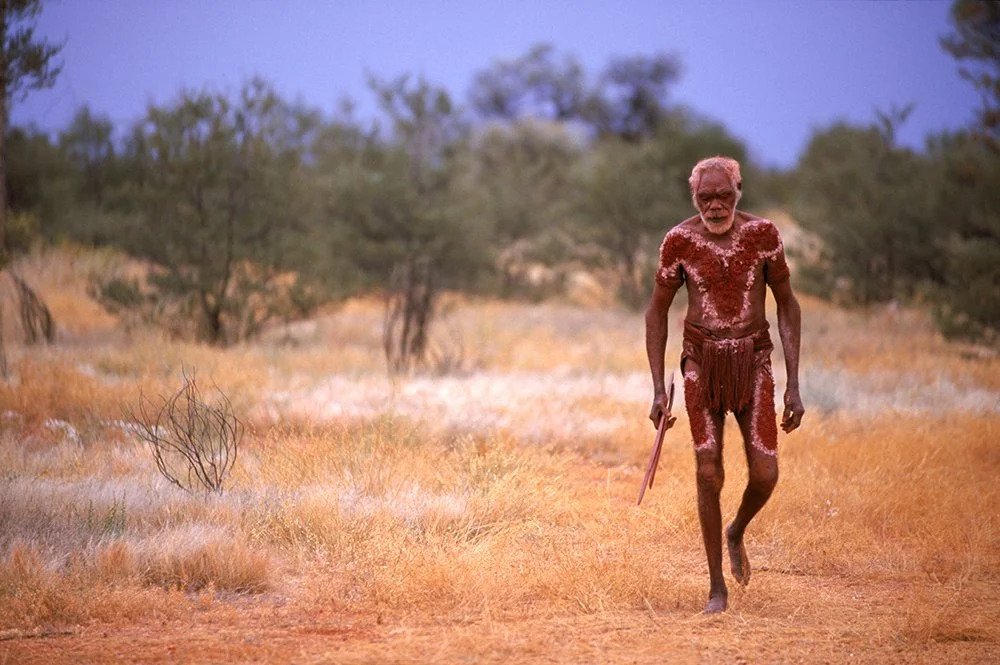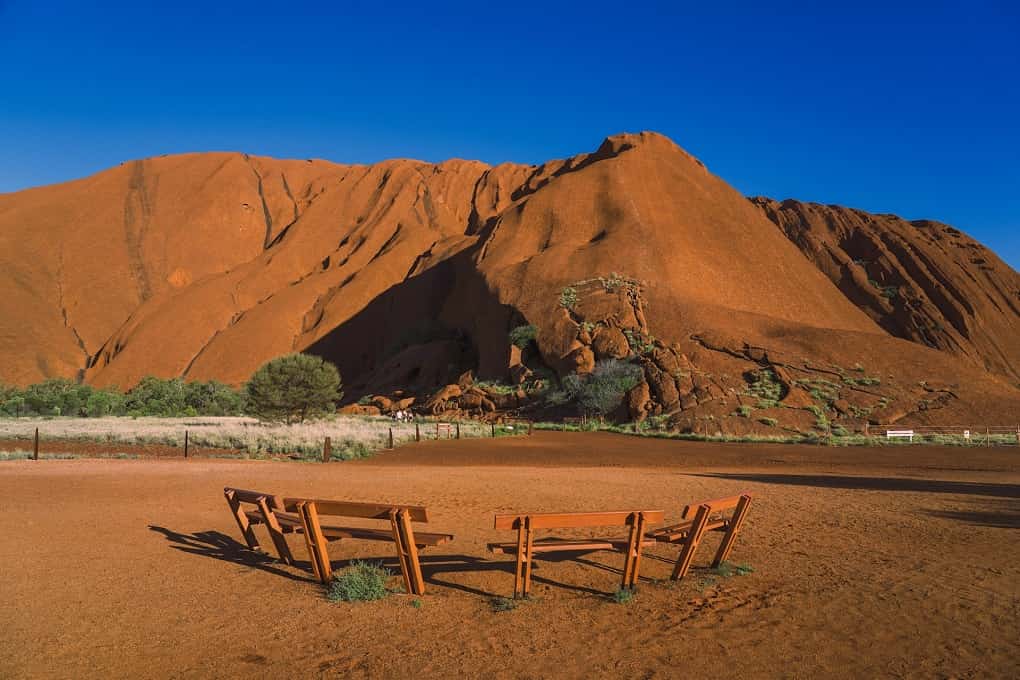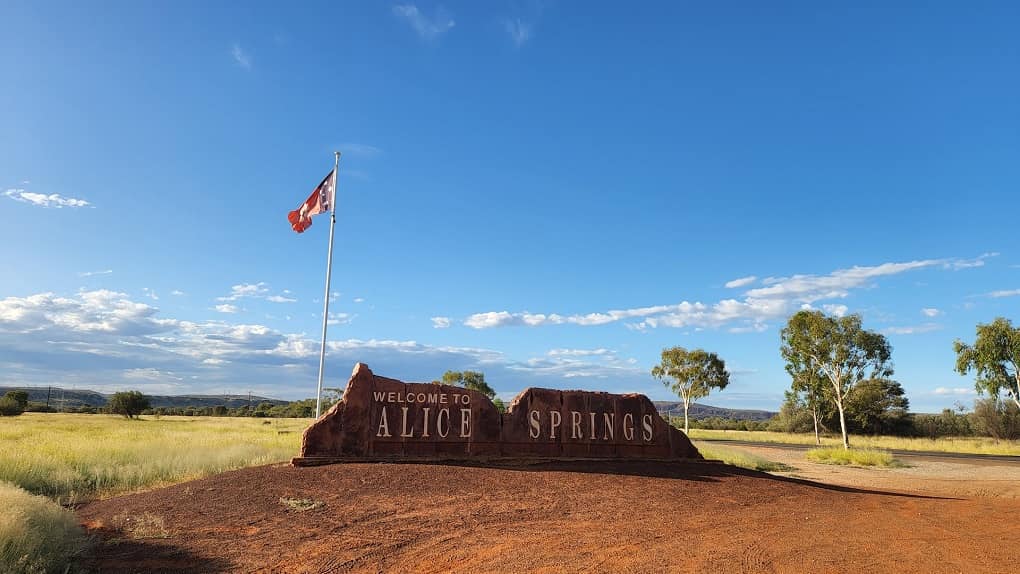The Australian Outback, often called the “Red Heart” of Australia, is a vast and captivating region that beckons adventurers and nature enthusiasts worldwide. This awe-inspiring land boasts sweeping landscapes, from the iconic red desert dunes to rugged mountain ranges and ancient rock formations. Immerse yourself in the profound indigenous culture that has thrived in this harsh environment for thousands of years and gain a deeper appreciation for the deep spiritual connection to the land.
As you set out on your journey through the Australian Outback, let MindMyBag.com be your trusted companion. Leave the burden of carrying your bags behind and fully immerse yourself in the wonders of this vast region. You can conveniently store your luggage while you embark on unforgettable adventures, knowing that your belongings are safe and secure. Book online and enjoy the freedom to explore, engage with the indigenous culture, and connect with the extraordinary landscapes of the Outback.
Explore remarkable landmarks such as Uluru, Kata Tjuta, and the stunning gorges of Karijini National Park, each telling a story of resilience and beauty. Experience the captivating beauty of the Australian Outback and embark on a journey like no other.

The Vastness of the Outback
Stretching across vast expanses of arid and remote terrain, the Outback mesmerizes visitors with its sheer size and untamed beauty. As you venture deeper into this rugged landscape, you’ll encounter wide-open plains, ancient mountain ranges, deep gorges, and stunning desert vistas that stretch forever. The isolation and emptiness of the Outback create a sense of serenity and provide an opportunity to connect with nature in its purest form.
Indigenous Culture and History
The Outback is rich in Aboriginal history and culture, with its lands holding deep spiritual significance for the indigenous people of Australia. Exploring the Outback offers a chance to learn about the Dreamtime, the Aboriginal creation mythology that weaves together stories of ancestral beings and the origins of the land. Dreamtime stories passed down through generations reveal the interconnectedness of the land, people, and animals.
Also Read: 10 Most Beautiful Hiking Trails in Europe
Rock art sites throughout the Outback provide a window into the ancient traditions and cultural practices of Aboriginal communities. These vibrant and intricate artworks, often found in sheltered caves and rock formations, depict stories, ceremonies, and symbols preserved for thousands of years. They serve as a testament to the enduring connection between the indigenous people and the land.

Famous Landmark
Famous landmarks are iconic sites that capture the imagination and intrigue of people from all around the world. These notable places are often associated with historical, cultural, or natural significance and serve as symbols of a region’s identity. From architectural marvels and natural wonders to historical sites and cultural heritage, famous landmarks offer visitors a glimpse into the unique aspects of a particular destination. They draw tourists and hold a special place in the hearts and minds of the local population, embodying the spirit and heritage of a place. Whether it’s the towering majesty of Uluru in the Australian Outback, the timeless beauty of the Taj Mahal in India, or the grandeur of the Eiffel Tower in Paris, famous landmarks leave an indelible mark on those fortunate enough to experience them firsthand.
Uluru (Ayers Rock)
Uluru is at the heart of the Australian Outback, an imposing sandstone monolith that ranks among Australia’s most iconic landmarks. Rising dramatically from the surrounding desert, Uluru is a sight to behold, captivating visitors with its sheer size and ever-changing colors. The rock displays mesmerizing red, orange, and ochre hues, transforming throughout the day as the sunlight dances across its surface.
Beyond its physical beauty, Uluru holds immense cultural significance for the Anangu people, the land’s traditional owners. The Anangu have inhabited the region for over 65,000 years, and Uluru is integral to their creation stories and spiritual beliefs. As visitors explore Uluru, guided tours provide insights into the site’s deep-rooted cultural and spiritual significance. Knowledgeable guides share stories passed down through generations, allowing visitors to profoundly understand the connection between the Anangu people, the land, and their ancestral beings.
Also Read: Egypt’s White Desert That Formed 66m Years Ago
To truly appreciate the natural beauty surrounding Uluru, visitors can embark on the Mala Walk and the Kuniya Walk. The Mala Walk follows the base of Uluru, offering an up-close encounter with the rock’s intricate textures and ancient rock art. The walk provides opportunities to learn about the flora, fauna, and geological formations that thrive in this arid environment. Meanwhile, the Kuniya Walk takes visitors to Mutitjulu Waterhole, an oasis nestled in the embrace of Uluru. Here, the tranquil waters and lush vegetation provide a serene setting for reflection and contemplation.

Kata Tjuta (The Olgas)
Located just a short distance from Uluru, Kata Tjuta is a collection of 36 dome-shaped rock formations that rise dramatically from the desert floor. Composed of conglomerate rock, Kata Tjuta is a place of immense cultural importance and natural beauty. The name “Kata Tjuta” translates to “many heads” in the local Anangu language, and it aptly describes the awe-inspiring sight of these massive formations.
Visitors to Kata Tjuta can embark on the Valley of the Winds Walk, an unforgettable journey through rugged terrain that immerses them in the striking landscapes. This walk takes hikers through narrow gorges and rocky slopes, revealing breathtaking views of the surrounding desert and the interplay of light and shadow on the rock formations. The walk’s name is inspired by the winds that gust through the valleys, creating a sense of tranquility and harmony with nature.
Exploring Kata Tjuta offers visitors a deeper appreciation of the Outback’s geological wonders and the significance of these ancient rock formations to the local Anangu people. Kata Tjuta’s natural beauty and spiritual power make it an essential destination for those seeking a profound connection with the land and its cultural heritage.
Other Attractions in the Region
Nestled within Watarrka National Park, Kings Canyon is a natural wonder showcasing the Outback’s raw beauty. The canyon’s towering sandstone cliffs, deep crevices, and rugged terrain create a dramatic landscape that beckons adventurers. One of the highlights of Kings Canyon is the Rim Walk, a challenging but rewarding hike that takes visitors along the canyon’s edge. The walk reveals breathtaking panoramic vistas, showcasing the vastness of the surrounding landscapes and the intricate layers of geological history etched into the canyon walls.
Also Read: Explore the Most Romantic Islands in Thailand
Visitors traverse the Rim Walk and encounter the “Lost City,” a collection of weathered rock formations resembling ancient ruins. The striking formations add an element of mystery and intrigue to the journey, evoking the sense of stepping into a forgotten world. Another noteworthy feature of Kings Canyon is the Garden of Eden, a lush oasis nestled within the canyon’s depths. Here, visitors can rest and marvel at the oasis’s vibrant plant life, refreshing waterholes, and the soothing sounds of nature.
Kings Canyon offers a unique opportunity to witness the immense power of natural forces that shaped the landscape over millions of years. It’s a place where the beauty of the Outback is juxtaposed with the ruggedness of the terrain, leaving visitors with a profound sense of awe and appreciation for the forces of nature.

Alice Springs
As the gateway to the Australian Outback, Alice Springs is a vibrant town that blends Aboriginal and European history. The town offers various attractions that provide insights into the region’s unique heritage. One such attraction is the Royal Flying Doctor Service, which showcases the vital medical services provided to remote areas of the Outback. Visitors can learn about the challenges of delivering healthcare in such a vast and isolated region and gain a deeper understanding of the importance of this service to the Outback communities.
Another significant historical site in Alice Springs is the Telegraph Station. This well-preserved site was crucial in Australia’s telegraph communication network during the late 19th century. Visitors can explore the restored buildings and artifacts, gaining insights into the early communication systems that connected Australia with the rest of the world. The Telegraph Station is a testament to the resilience and ingenuity of the pioneers who shaped the region’s history.
Alice Springs also serves as an excellent base for exploring the MacDonnell Ranges, a breathtaking natural wonder stretching over 600 kilometers through the heart of the Outback.
MacDonnell Ranges
The MacDonnell Ranges are a series of parallel mountain ranges that wind their way through the heart of the Australian Outback. This magnificent natural wonder offers nature enthusiasts and adventure seekers many attractions and activities.
The MacDonnell Ranges are a paradise for hikers, with numerous trails that wind through spectacular gorges, offer panoramic vistas, and lead to refreshing waterholes. One such gem is Ormiston Gorge, characterized by its towering cliffs and crystal-clear waterhole. Here, visitors can dip in the cool waters, surrounded by the rugged beauty of the gorge. Standley Chasm is another must-visit location in the MacDonnell Ranges. With its sheer walls, this narrow gorge becomes particularly enchanting during midday when the sun’s rays penetrate the chasm, causing the rocks to glow with an intense red hue.
Also Read: Places to Visit in Ladakh: Mountains of Spirituality
The MacDonnell Ranges offer a unique opportunity to connect with nature and witness the stunning geological formations that have shaped the Outback over millions of years. The rugged beauty, diverse flora and fauna, and tranquil waterholes create an unforgettable experience showcasing the Australian landscape’s breathtaking diversity.
Travel Tips for the Outback
When embarking on a journey through the Outback, it’s essential to prioritize safety and proper preparation. The remote nature of the region means that you should carry ample water, food, and essential supplies. Traveling with an experienced guide or joining organized tours that offer local expertise and knowledge of the terrain is advisable. They can also provide valuable insights into the indigenous culture and facilitate respectful interactions with Aboriginal communities.
Additionally, the Outback offers unique experiences that should be noticed. Consider embarking on a camel ride, an authentic mode of transport that allows you to connect with the region’s history. Indulge in bush tucker tastings, exploring the traditional foods and ingredients Aboriginal people use. And remember to gaze upon the Outback’s night sky, which offers some of the clearest and most mesmerizing stargazing opportunities in the world.
The Australian Outback is a place of awe-inspiring beauty, vastness, and cultural richness. Its landscapes, shaped by millions of years of geological processes, tell a captivating story of the earth’s evolution. At the same time, the Outback provides a window into the ancient traditions and wisdom of Aboriginal cultures. By exploring this remarkable region, you’ll gain a deeper appreciation for the land, its people, and the interconnectedness of all things. So, pack your sense of adventure and immerse yourself in the splendor of the Australian Outback, where nature and culture intertwine to create an unforgettable experience.
